Microplastics: Not just in the ocean…

The microplastic conversation usually revolves around the sea – the fact that when we wash synthetic fabrics (which are made from burning fossil fuels and contain plastic), tiny bits of plastic come out and get flushed into our planet’s oceans. It’s been discovered that this has happened at such an intense rate that microplastics are now in the seafood we consume, and so in our bodies too as a result. Recently there has even been a discovery of them in a human placenta.
But via the oceans is not the only way microplastics have entered our bodies. A recent study by experts at the University of Portsmouth has revealed that we are breathing it in… between 2000 and 7000 particles a day… from synthetic fabrics in our homes.
This is why we talk of fabric over fashion in our mission to promote natural fibres. It is not just synthetic clothing that’s harming people and the planet, it’s the reality that so many areas of our lives involve contact with plastic fabric. For example – carpets, curtains, furniture, towels, bedroom linen, public transport seating, soft children’s toys… the list goes on.
Something which we have been addressing recently is the fact that the NHS now uses polyester sheets for beds in all hospitals. To us this is very worrying considering these environments are focused on health yet could now be contributing to making people even sicker as they breathe in microplastics.
This is the crux of modern humanity’s problem with putting profit over everything else. Yes, synthetic fibre fabrics are cheaper to make and seem to perform well, but the dark reality is that they cause severe harm to the health of all. The NHS of all establishments should know that.
So what can you do? The Plastic Soup Foundation recommends you open windows at home to ventilate as much as possible, hoover regularly to remove plastic particles and choose natural fibres when acquiring any fabric item.
Love
Clare and the team
x
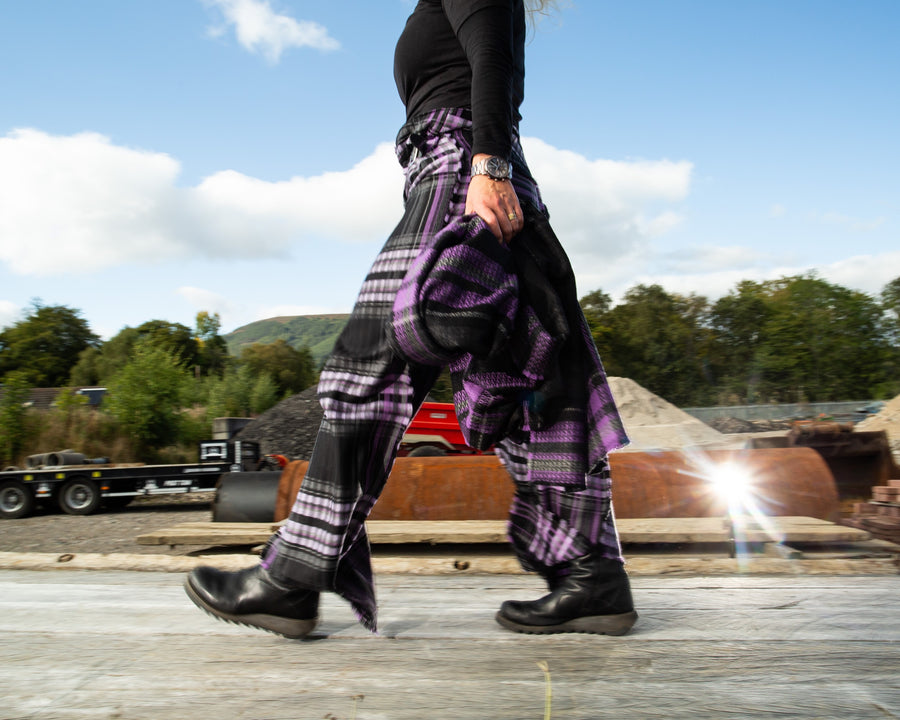
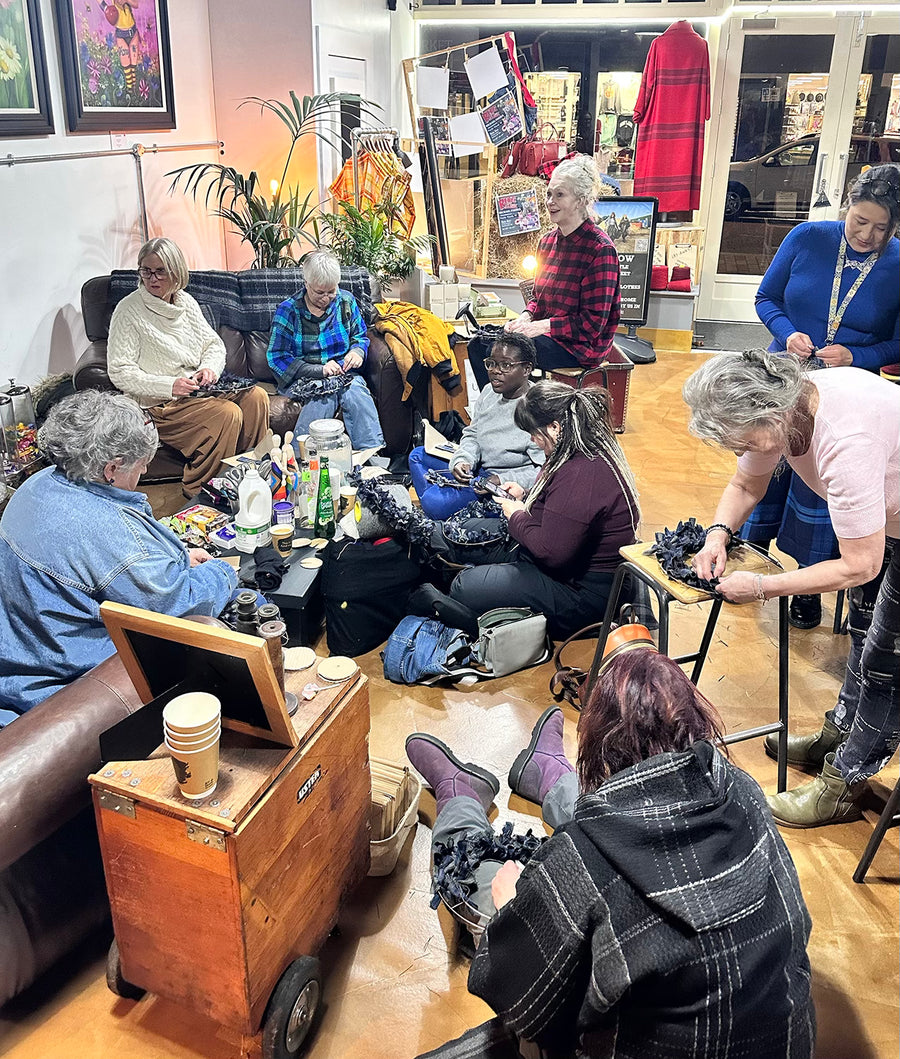
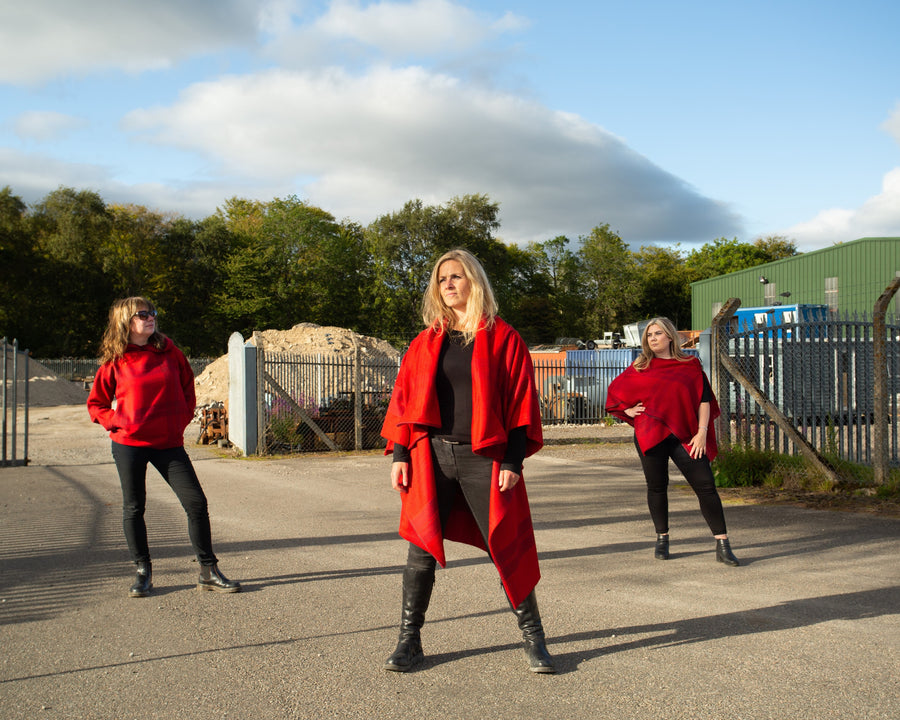

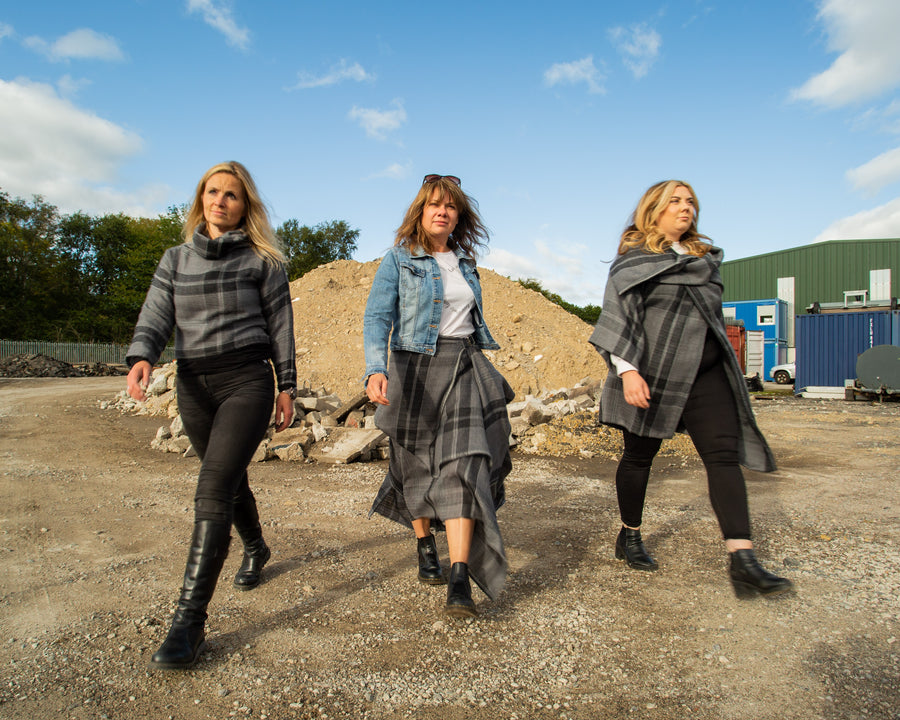

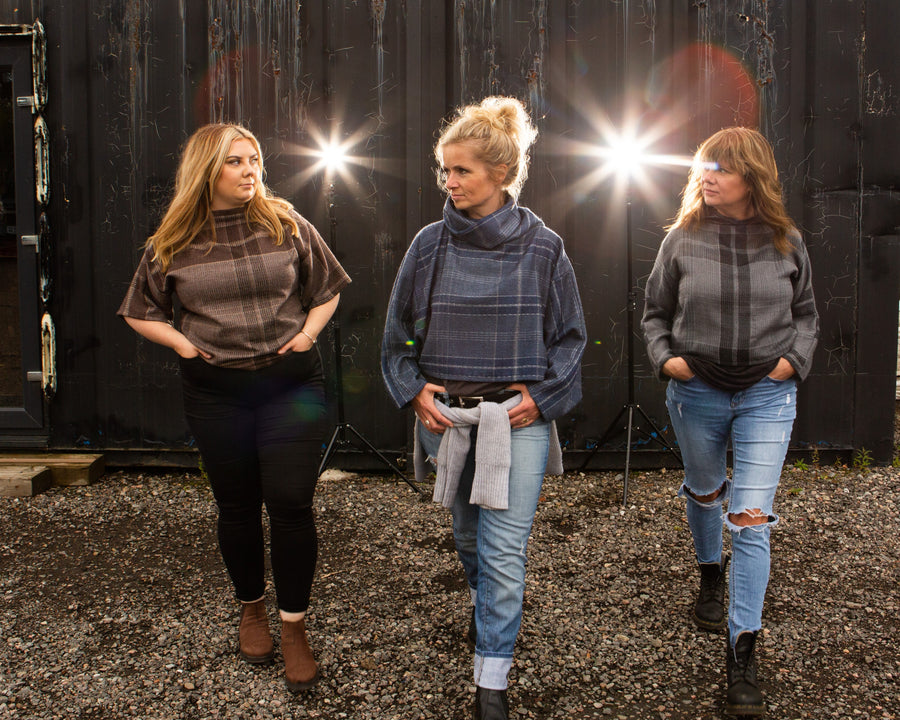

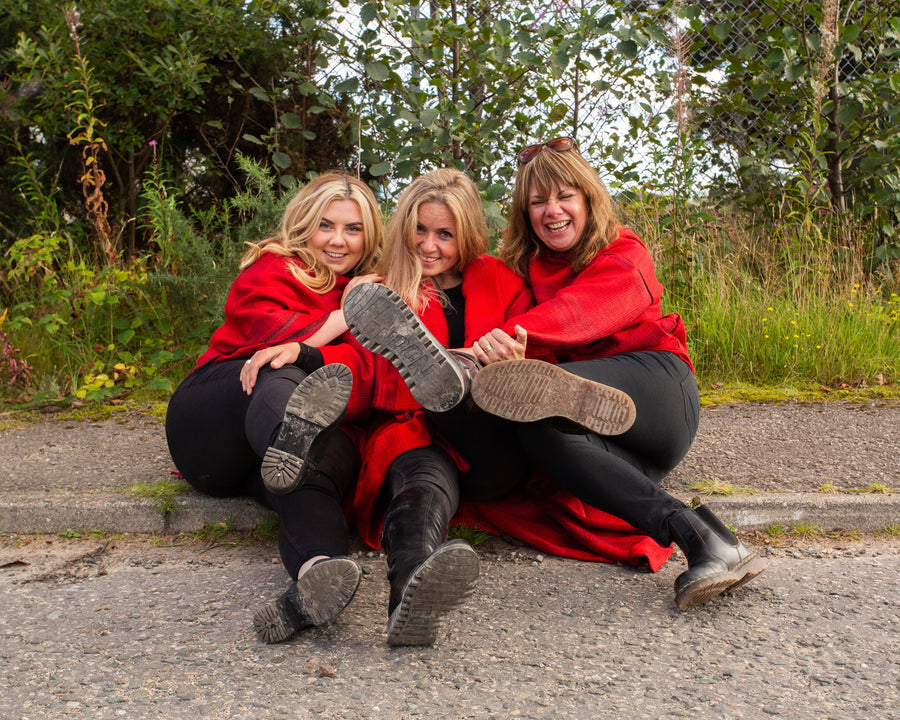





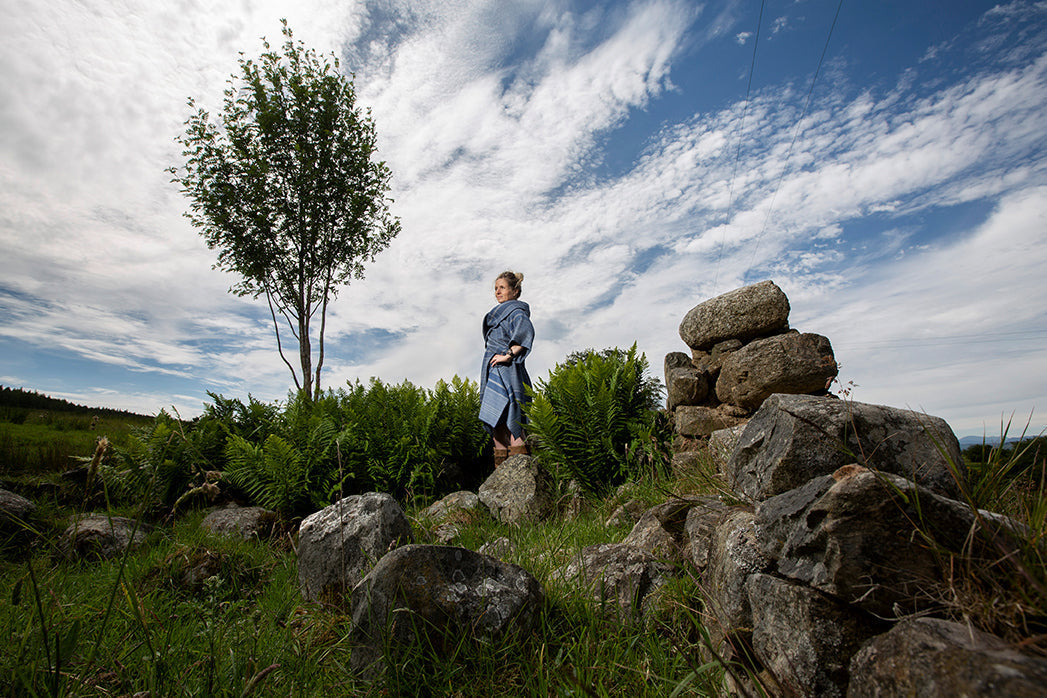

I love your mission to make beautiful women more beautiful wearing fabric representing Scottish heritage encompassing a sustainable future for our homes and closets.
Share Your Thoughts